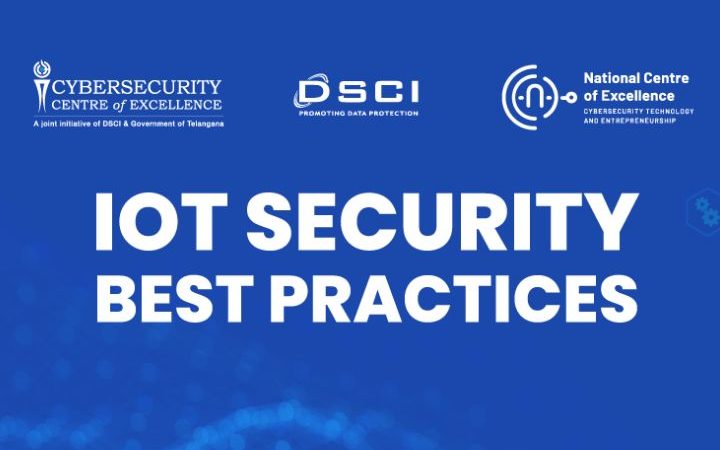4 Tips for a Seamless Virtual Data Room Experience

Source: UnSplash.Com
Since virtual data rooms have been in the market, businesses can handle sensitive information, critical transitions, and collaborations more efficiently.
Virtual data rooms (VDRs) are actually secure online platforms that provide a centralized space for sharing, reviewing, and collaborating on documents with multiple stakeholders, irrespective of their geographical locations.
So, whether your business is involved in due diligence, mergers, and acquisitions, fundraising, or any other data-sensitive project, a seamless virtual data room experience is essential for efficiency, security, and successful outcomes.
In this blog, we will explore some useful tips to help you ensure a smooth and productive virtual data room experience.
Select the Right Virtual Data Room Provider
Everything useful and valuable in a data room is determined by the provider you are selecting. That’s why it is advised to conduct thorough research to identify VDR providers that align with your specific needs. Consider factors such as data security, user interface, customer support, and pricing options.
Look for providers that offer robust security features like end-to-end encryption, multi-factor authentication, and data backups. User-friendly interfaces and intuitive navigation are also crucial for ensuring easy document management and collaboration.
In this context, reading reviews and seeking recommendations from trusted sources can help you make an informed decision. One of the best data rooms available in the market is the Firmex virtual data room. You can learn more about Firmex data rooms by visiting www.firmex.com.
Organize Documents Systematically
Efficient document organization is key to a smooth virtual data room experience. So, before you go on to upload any files to the VDR, take the time to systematically organize your documents. Create a clear and logical folder structure that mirrors your project’s workflow.
Use descriptive names for folders and documents to ensure easy identification and quick access. Categorize documents into relevant folders, such as financials, legal contracts, reports, and due diligence materials. A well-organized data room will save time and reduce frustration for all users involved in the project.
Implement Access Controls
Data security should be a top priority when dealing with sensitive information. Virtual data rooms provide various access control options to safeguard your documents. Take advantage of these features by implementing access controls.
Assign specific permission levels to users based on their roles and responsibilities. For example, some team members may require full access to all documents, while others may only need to view certain files. By controlling document access at a granular level, you can prevent unauthorized viewing, editing, or sharing of sensitive information.
Utilize Collaboration Features
Virtual data rooms come equipped with powerful collaboration features designed to enhance teamwork and productivity. Encourage all stakeholders to utilize these tools to their full potential. Features such as Q&A forums, real-time notifications, and activity tracking enable seamless communication and collaboration among team members.
By actively engaging in these collaborative features, team members can address queries promptly, respond to requests in real time, and stay updated with the latest developments in the data room. This level of interaction promotes transparency and fosters a sense of teamwork and accountability among participants, which is eventually good for your business’s growth.







